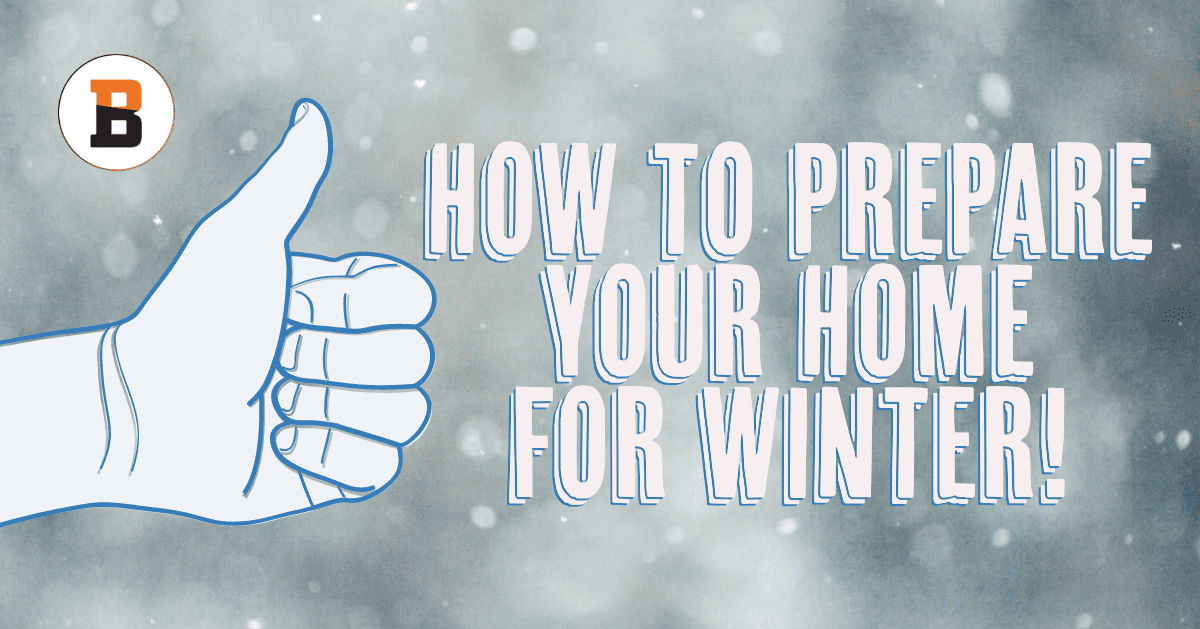Is Your Home Ready for Winter?
There is one constant theme at the top of every list of all the things you should do to prepare your home for winter. That theme has to do with your home’s furnace. Let’s face it. Greene County’s winter months can be dangerously cold at times. Homeowners spend a small fortune through the winter keeping their homes warm and families secure.
We at Beavercreek Heating & Cooling Company gathered a list with money-saving tips that won’t break your budget to prepare your home for winter:
Service Furnace Regularly
Now is the time to service your furnace. Regularly servicing your home’s furnace can catch more costly problems down the road and optimize its life. It keeps it running smoothly and efficiently for years to come. Experts say furnaces purchased within the last couple of years, which are still relatively new, can get by with being serviced every two years. Older units, however, need to be checked by a professional every year.
Get a Programmable Thermostat
A programmable thermostat can pay for itself by saving residents up to a couple hundred a year in fuel expenses. Programmable thermostats automatically regulate your home’s temperature when you aren’t there. It also maintains temperatures, saving fuel.
Use Weather-Stripping
Did you know you can locate exterior leaks in doorways with a candle? From inside your house, light a candle and move it around the door’s frame. The candle will blow towards you if there is a draft. For accuracy, be sure to turn off fans and any blowing air when you do this. Once you locate any potential leaks, seal the door by investing in foam or felt weather-stripping and place them inside the door frame.
Close Off Opened Furnace Ducts
Did you know heating ducts can lose up to a third of the warm and valuable air they carry to leaks and openings? In addition to making it harder to keep your home warm, leaking heating ducts make utility bills significantly higher. Unfortunately, some of the ducts are behind walls, above ceilings, and underneath floors. Regardless, you can still improve performance by shutting exposed ducts in the attic, the crawl space, or the basement and garage. Concentrate on the areas where ducts, vents, and registers come out on the floors, walls, and ceilings. To seal the seams and connections, use mastic sealant or metal tape, which are more resilient than mere duct tape, which also works as a last resort.
Swap Out Furnace Filters Monthly
It never fails. An old filter reduces furnace productivity and increases heating bills every time. It also lowers the life expectancy of your furnace, affects your health, and increases heating bills. We recommend homeowners replace their filters at least every month during the winter. It’s easy to check your filter. Hold it up to the light. If you can’t see through it clearly, it’s time for a replacement.
Get a Door Sweep
A door sweep will stop air leaks, preventing cold air from entering your house beneath an exterior door. A sweep is a piece of rubber or plastic that’s attached to the door’s lower edge by a piece of aluminum.
Caulk and Plug Miscellaneous Air Leaks
Go on a mission. Find and seal other air leaks that could be letting out more of your home’s valuable warm air. One way is to grab a tube of caulk and a can of spray foam sealer. Inspect your house, inside and out, particularly the basement and attic. Seal off any cracks or holes in the siding, the windows, and the foundation Use caulk for small cracks and the foam sealer for more significant gaps. Inside the home, employ the candle method mentioned above. Give special consideration for skylights, chimneys, vents, doorframes, and any other penetrations through the home such as appliance vents, plumbing fixtures, and electrical fixtures. In your basement, have a look at the wood where it meets the concrete foundation. Is it leaking warm air? In the attic, insulation can be pulled back to locate and seal off openings in the drywall. Also, you’ll want to insulate electric fixtures, fans, outlets, and even pipes. After that, check your chimneys, flues, wiring, vent stacks and ducts, and seal them on the interior. Is everything sealed up? Make a list of any problems you come across that you can’t fix if you need to call a professional.
Cover Your Windows
People are surprised by the remarkable amount of insulation provided by curtains, shades, drapes, and blinds. Utilize them mostly at night. When you are away, it will preserve heat in the home. In hot weather, draw window coverings in the morning to keep the house cool during the day, saving money on air conditioning.
Insulate Piping
Insulate the hot water pipes beneath your home by installing foam sleeves. Most hardware stores carry slit, hollow, flexible foam pipe insulation. Measure their dimensions before you go to purchase them. Make a detailed note. Pipes without insulation give off heat when water runs through them. Don’t forget the piping between the tank and the wall.
Additional Things to Prepare for Winter
Paint, caulk and seal exterior wood.
Seal your masonry and hard surfaces.
Clean your gutters.
Check your drainage.
Clean your chimney and order firewood, if you burn.
Test your smoke and carbon monoxide detectors.
Shut down the pool and the sprinkler system and drain outside faucets.
Prepare for snow removal
Cover your patio furniture
Prep your expensive lawn and yard care equipment
Do a quick energy audit
Make sure your attic doesn’t become a critter hotel
For help preparing your home for winter, or schedule a tune-up, call Beavercreek Heating & Cooling today at 937-708-8527 or schedule an appointment now online at www.beavercreekheatingandcooling.com/schedule-now/.







